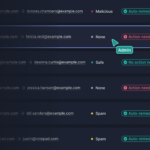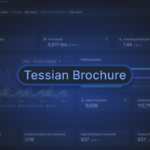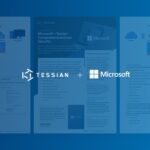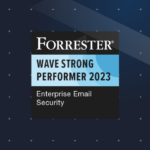Tessian Blog
Subscribe to our blog
Industry insights, straight to your inbox every week
- All Categories
- ...
-
 Product Updates
Product UpdatesIntroducing Tessian’s New Search Functionality
-
 Email DLP, Insider Risks
Email DLP, Insider RisksHow Tessian Stops Your Data Leaving When Staff Do
-
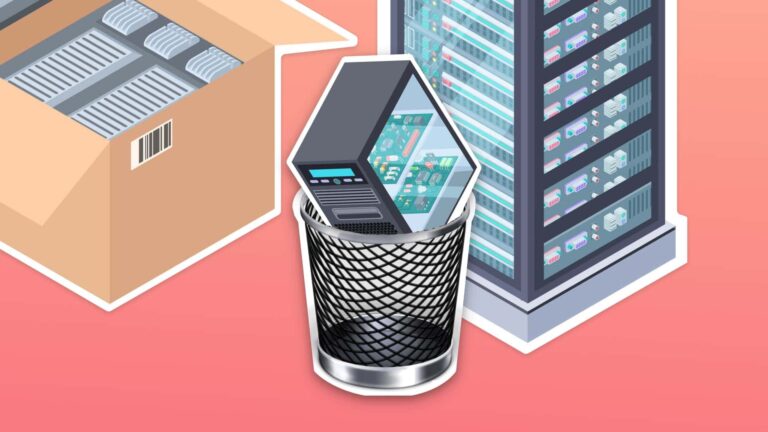 Integrated Cloud Email Security
Integrated Cloud Email SecurityWhat are Secure Email Gateways (SEGs) and Integrated Cloud Email Security (ICES) solutions – and how do they protect against email-based cybersecurity threats?
-
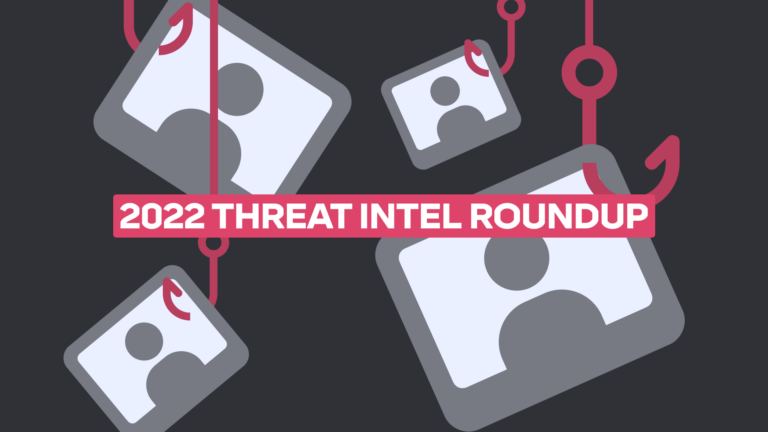 Threat Stories
Threat Stories2022 Tessian Threat Intel Roundup: Social Engineering Threats Are Here to Stay
-
 Email DLP, Advanced Email Threats
Email DLP, Advanced Email ThreatsHow Tessian stops Impersonation Attacks
-

Book Recommendations for Security Professionals
-
 Remote Working
Remote Working1 in 3 Employees Do Not Understand the Importance of Cybersecurity
-
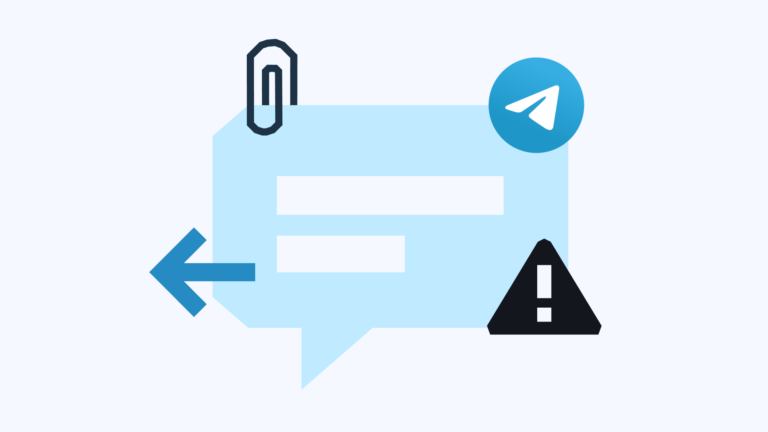 Threat Stories
Threat Stories“No Pain No Gain” Impersonation Campaign – Sending Stolen Credentials to Telegram Group
-
 Life at Tessian
Life at TessianA fresh new look for a world in need of Intelligent Cloud Email Security
-
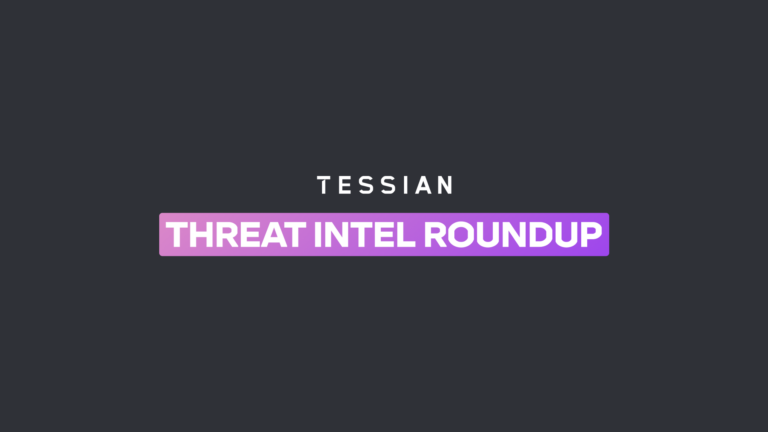 Advanced Email Threats, Threat Stories
Advanced Email Threats, Threat StoriesTessian Threat Intel Roundup: Advanced Phishing Attacks
-
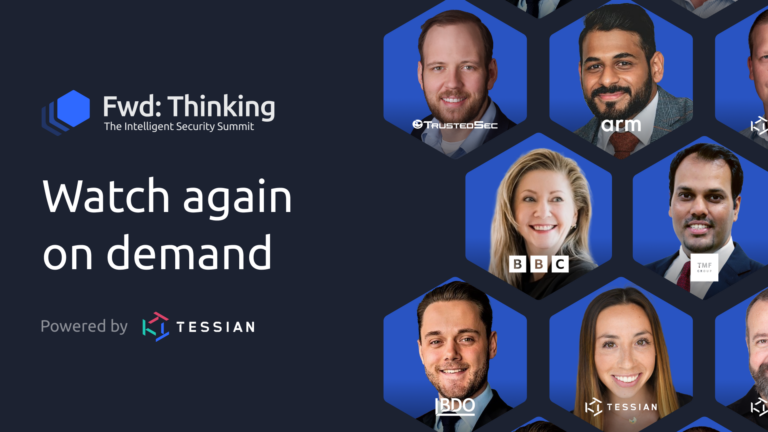 Interviews With CISOs
Interviews With CISOsWatch Again: Fwd: Thinking – The Intelligent Security Summit
-
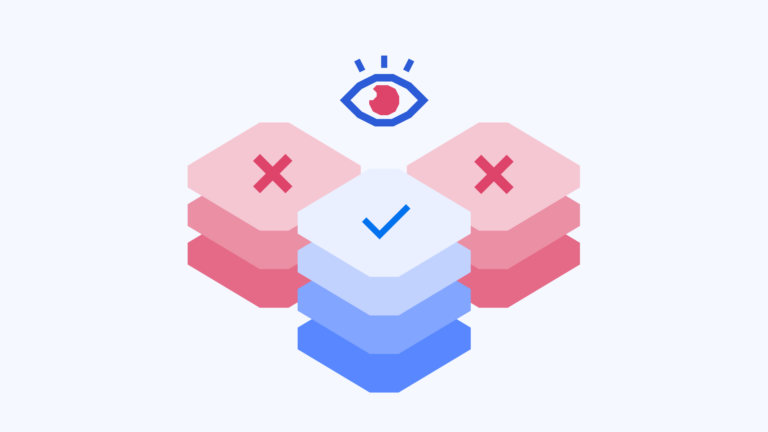 Advanced Email Threats
Advanced Email ThreatsBoard Members Believe Their Companies Are Unprepared For A Cyberattack
-
 Email DLP, Advanced Email Threats, Insider Risks
Email DLP, Advanced Email Threats, Insider RisksWhat is email security and why it’s important
-
 Integrated Cloud Email Security, Advanced Email Threats
Integrated Cloud Email Security, Advanced Email Threats1 in 5 Chief Information Security Officers (CISOs) Work More Than 25 Extra Hours Per Week
-
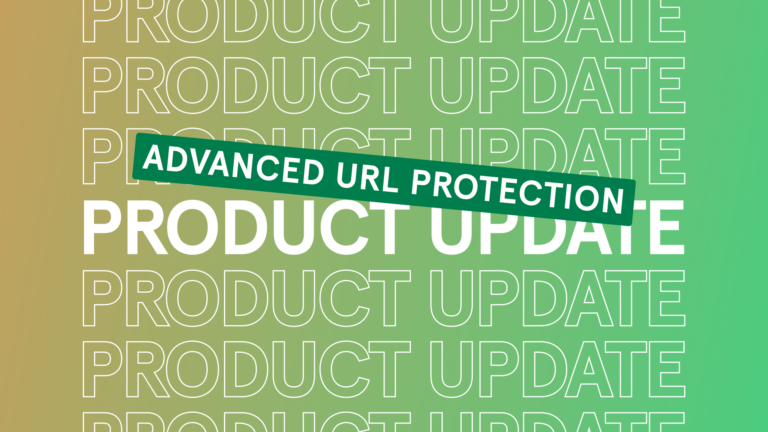 Integrated Cloud Email Security
Integrated Cloud Email SecurityProduct Update: Advanced Malicious URL Protection
-
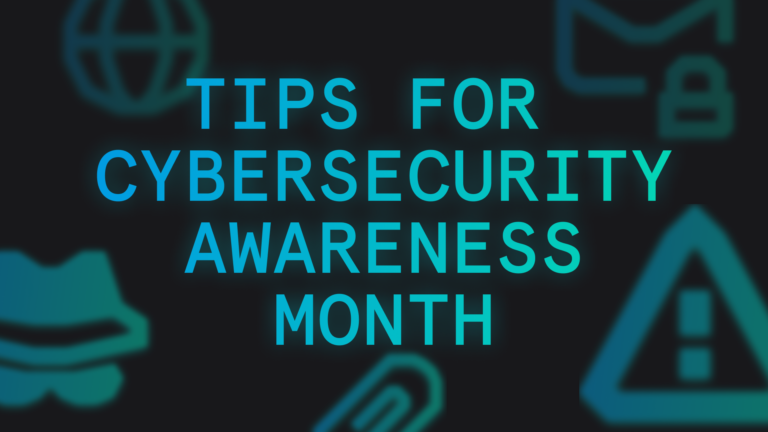 Integrated Cloud Email Security
Integrated Cloud Email SecurityVideo: Tips For Cybersecurity Awareness Month
-
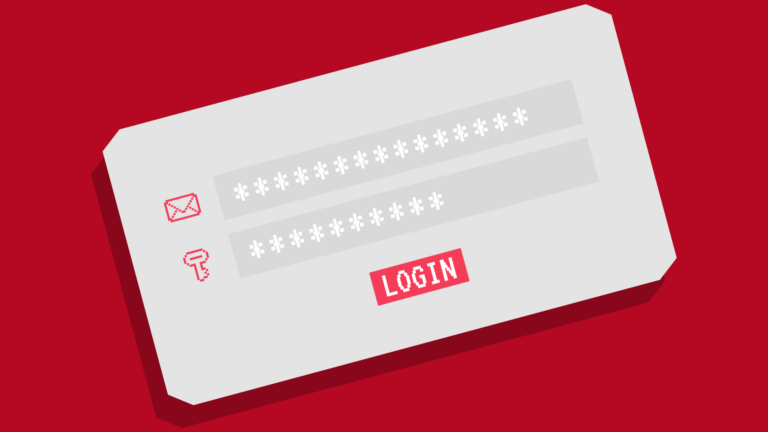 Threat Stories
Threat StoriesNew Impersonation Campaign: Logokit
-
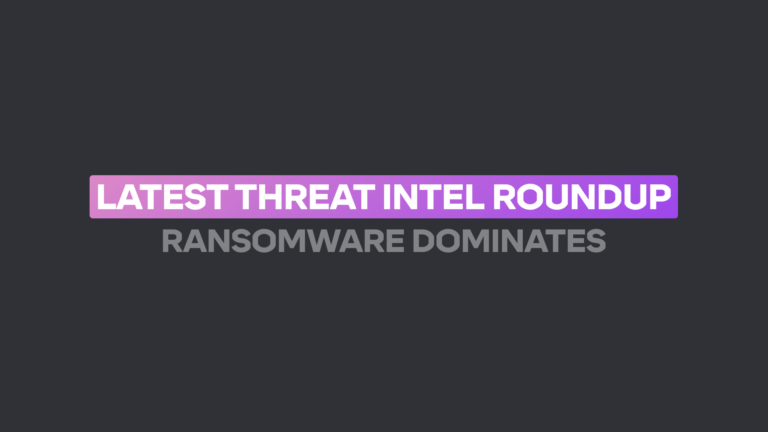 Threat Stories
Threat StoriesTessian Threat Intel Roundup: Ransomware Dominates
-
 Podcast
PodcastU.S. Secret Service’s Andrew Frey on Why Business Email Compromise Works
-
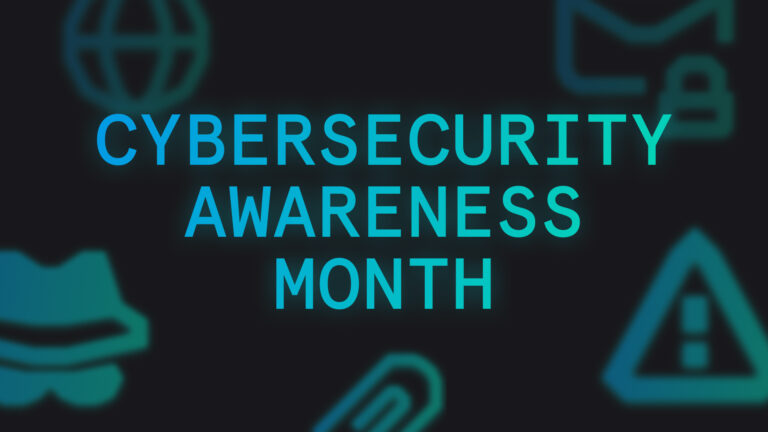 Advanced Email Threats, Remote Working, Insider Risks
Advanced Email Threats, Remote Working, Insider RisksCybersecurity Awareness Month 2022: 12+ Free Resources


